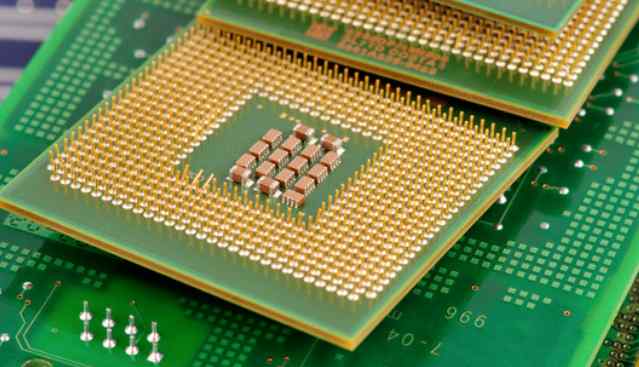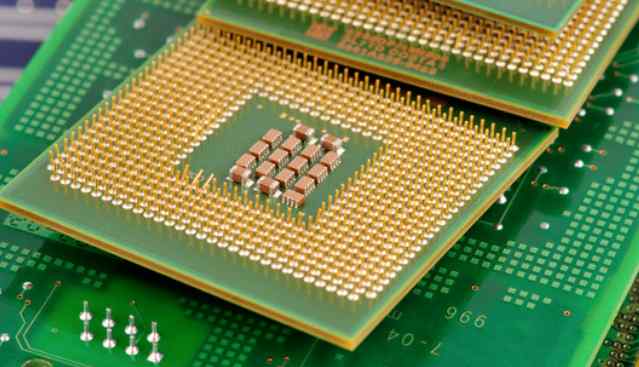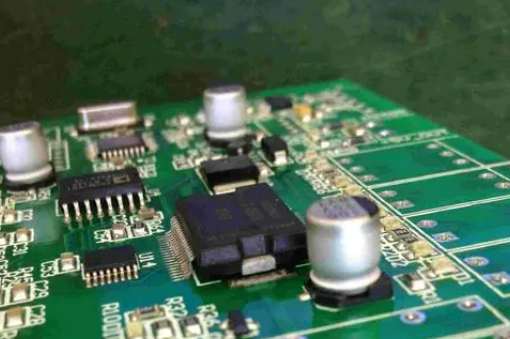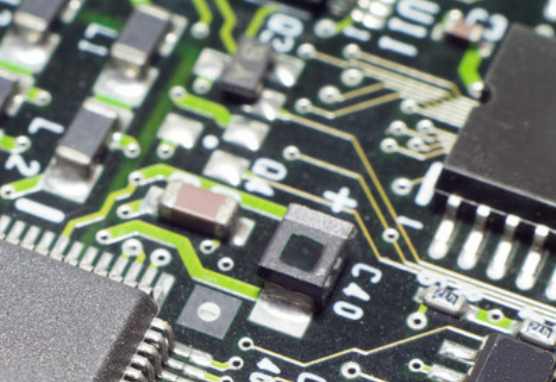
Control board PCB design needs to follow the following principles:
First, in terms of the layout of components, the interrelated components should be placed as close as possible, for example, the clock generator, crystal oscillator, and CPU clock input are easy to produce noise, and they should be placed closer. For those devices that are easy to produce noise, small current circuits, large current circuit switching circuits, etc., should try to keep it away from the logic control circuit and storage circuit (ROM, RAM) of the single chip computer, if possible, these circuits can be made into a circuit board, which is conducive to anti-interference and improve the reliability of the circuit.

Second, try to install decoupling capacitors next to key components, such as ROM, RAM and other chips. In fact, printed circuit board wiring, pin wiring, and wiring may contain large inductance effects. Large inductors may cause severe switching noise spikes in Vcc tracks. The only way to prevent Vcc on-line switching noise spikes is to place a 0.1uF electronic decoupling capacitor between the VCC and the power supply ground. If a surface-mount component is used on the board, a chip capacitor can be placed directly against the component and secured on the Vcc pin. It is best to use ceramic capacitors, because this capacitor has low electrostatic loss (ESL) and high-frequency impedance, in addition to the dielectric stability of this capacitor in temperature and time is also very good. Try not to use tantalum capacitors because of their high impedance at high frequencies.
The following points need to be noted when placing the decoupling capacitor:
1. Connect the electrolytic capacitor about 100uF at the power input end of the printed circuit board, if the volume allows, the larger capacity is better.
2. In principle, a 0.01uF ceramic capacitor needs to be placed next to each integrated circuit chip. If the gap of the circuit board is too small to be placed, a tantalum capacitor of 1 ~ 10 can be placed about every 10 chips.
3. For components with weak anti-interference ability and large current change when turned off and memory components such as RAM and ROM, decoupling capacitors should be connected between the power cord (Vcc) and the ground wire.
4. The lead of the capacitor should not be too long, especially the high-frequency bypass capacitor should not have a lead.
Third, in the single-chip microcomputer control system, there are many types of ground wires, systematically, shielded ground, logic, analog, etc., whether the ground wire is reasonably laid out will determine the anti-interference ability of the circuit board. When designing ground cables and ground points, you should consider the following issues:
1. Logical and analog wiring should be separated and cannot be used together, and their respective ground lines should be connected with the corresponding power supply ground lines. In the design, the analog ground wire should be as thick as possible, and the grounding area of the leading end should be increased as much as possible. Generally speaking, for the input and output analog signals, it is best to isolate them from the MCU circuit through an optocoupler.
2. When designing the printed circuit version of the logic circuit, the ground wire should form a closed-loop form to improve the anti-interference ability of the circuit.
3. The ground cable should be as thick as possible. If the ground wire is very thin, the ground wire resistance will be larger, causing the ground potential to change with the change of current, resulting in unstable signal levels, resulting in a decrease in the anti-interference ability of the circuit. If the wiring space allows, it is necessary to ensure that the width of the main ground wire is at least 2 to 3mm, and the ground wire on the component pin should be about 1.5mm.
4. Pay attention to the choice of ground point. When the signal frequency on the circuit board is less than 1MHz, because the electromagnetic induction effect between the wiring and the components is small, and the circulation formed by the grounding circuit has a greater impact on the interference, it is necessary to use a point of grounding, so that it does not form a loop. When the signal frequency on the circuit board is higher than 10MHz, due to the obvious inductance effect of the wiring, the ground impedance becomes large, and the circulation formed by the grounding circuit is no longer the main problem. Therefore, multi-point grounding should be used to minimize the ground impedance.
5. In addition to the layout of the power line according to the size of the current as far as possible to increase the width of the wire, in the wiring should also make the power line, the direction of the ground line and the wiring of the data line at the end of the wiring work, the ground line will be covered with the bottom of the circuit board without wiring, these methods help to enhance the anti-interference ability of the circuit.
6. The width of the data line should be as wide as possible to reduce the impedance. The width of the data line is not less than 0.3mm(12mil), and it is more ideal if 0.46 ~ 0.5mm(18mil ~ 20mil) is used.









